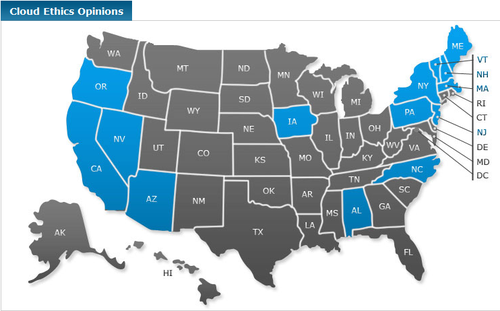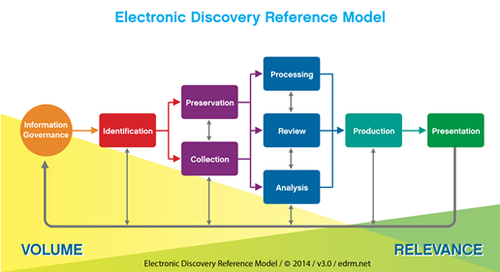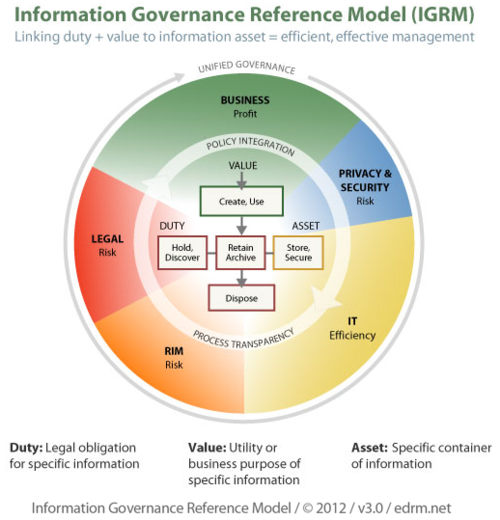In Knickerbocker v Corinthian Colleges, Case No. C12-1142JLR, (WDWA, April 7, 2014), Washington District Judge James L. Robart imposed sanctions against the defendants and the defendants’ counsel for their delays in producing Electronically Stored Information (ESI) during discovery, despite the fact that spoliation of evidence was ultimately avoided.
This workplace discrimination, harassment, and retaliation action involved three plaintiffs who were former employees of the defendants, and had been terminated from their positions. The plaintiffs filed first and second motions for sanctions, alleging in the first that the defendants had failed to preserve evidence, and in the second that the defendants had shown bad faith in their subsequent delay in producing evidence.
During discovery, the plaintiffs first expressed concern over the defendants’ “meager document production,” prompting several discovery conferences and correspondences between the counsel for the plaintiffs and the counsel for the defense. Eventually, the defendants’ counsel represented that as per the defendants’ policies, the plaintiffs’ email accounts had been deleted 30 days after their termination. Further, counsel stated regarding backup sources that the relevant ESI “could not be extracted without shutting down the servers; in other words, it was not extractable.”
Owing to the defendants’ apparent failure to preserve evidence, plaintiffs filed a motion to compel responses to particular discovery requests. In response, both parties stipulated to an order requiring that the defendant conduct a “full and complete search” at its own expense for all responsive documents, including “documents on backup servers.” The defendants complied and submitted more documents with a Verification of Compliance with Stipulation and Order Compelling Further Discovery, which stated in part that the defendants had conducted a complete search “on all available electronic sources and/or servers.”
After reviewing the defendants’ production, plaintiffs continued to allege that evidence had not been adequately preserved and collected. Further questioning revealed that although the defendants had issued litigation holds in previous litigation actions against them, they had not issued a litigation hold in this particular case. While the defendants’ previous policy had been to issue a company-wide notice to halt destruction of ESI, with respect to this case, the defendants claimed to have selected certain employees and asked them to retrieve and retain relevant documents. Yet in depositions, the employees at issue stated that they “had not searched, did not recall searching, and had not been asked to search for documents relevant to the litigation.”
At this point, the defendants’ total document production had consisted of only 1,272 pages. Defendants claimed that the document search was sufficient, alleging that the plaintiffs’ email accounts had been deleted prior to notification of pending litigation, thus before the duty to preserve had been triggered. However, the defendants admitted that the emails at issue existed on its backup tapes, but argued that they were not required to produce them because “the Stipulated Order only referred to backup ‘servers’, not backup ‘tapes’, and retrieval of information on the backup tapes would require ‘unreasonable’ cost and effort.”
Facing sanctions for spoliation, the defendants counsel changed their tune and represented that they were not only able to access the backup tapes and solve the spoliation issue, but that the total expense of producing the relevant ESI would be “a thousand dollars per day of recovery time,” and that the expenses would not be as great as previously warranted. Citing the counsel for the defendants’ representation that expenses would not be burdensome, Judge Robart deferred ruling on the plaintiffs’ most recent motion in favor of issuing an order to compel production specifically from the backup tapes.
Briefly summarized, the defendants far exceeded the time limit set for discovery production over a series of delays, difficulties, and missed deadlines, as the backup tapes were alternately reviewed and documents extracted by a third party vendor and the defendants themselves. Ultimately, an additional 3,000 emails were produced from the backup tapes, with the bulk of the production delivered 7 weeks after the final deadline.
Judge Robart found that the defendants had acted in bad faith, specifically stating that “there is clear and convincing evidence showing that [defendants] and [defendants’ counsel] have refused to participate forthrightly in the discovery process and that this refusal constitutes or is tantamount to bad faith…[t]herefore, sanctions are warranted.” The defendants were sanctioned in the amount of $25,000, and the defense counsel was sanctioned another $10,000.
So, what do you think? Does this case demonstrate clear bad faith, or simply incompetence on behalf of counsel? Should sanctions be ordered in cases where spoliation of evidence has ultimately not occurred? Please share any comments you might have or if you’d like to know more about a particular topic.
Disclaimer: The views represented herein are exclusively the views of the author, and do not necessarily represent the views held by CloudNine Discovery. eDiscoveryDaily is made available by CloudNine Discovery solely for educational purposes to provide general information about general eDiscovery principles and not to provide specific legal advice applicable to any particular circumstance. eDiscoveryDaily should not be used as a substitute for competent legal advice from a lawyer you have retained and who has agreed to represent you.










